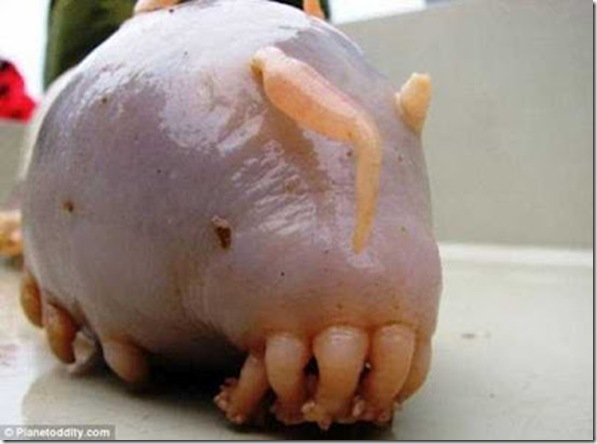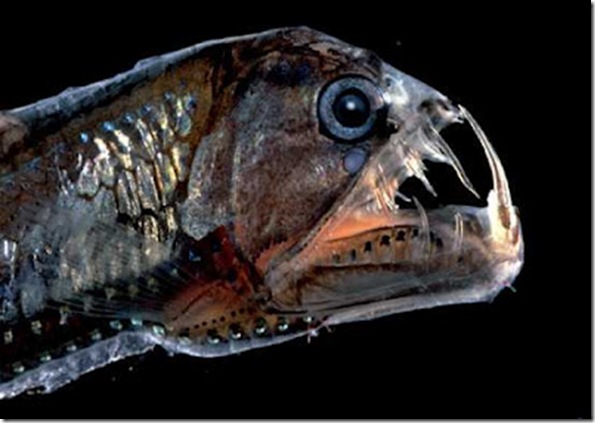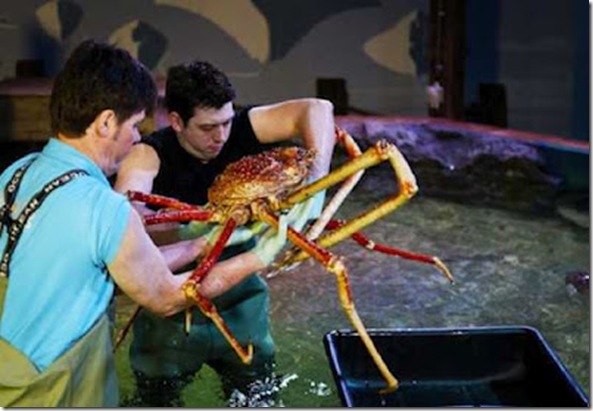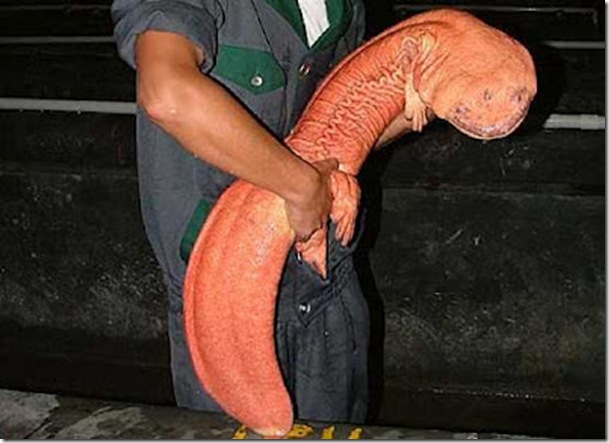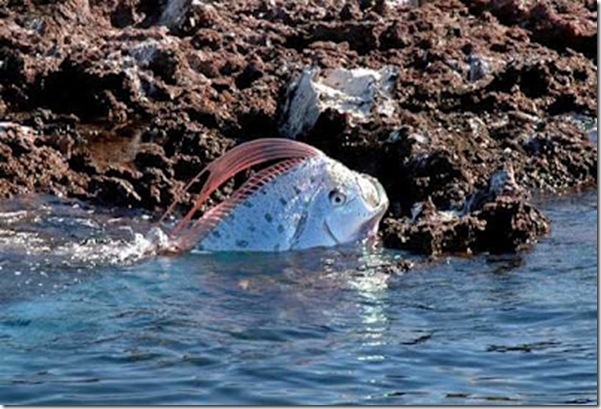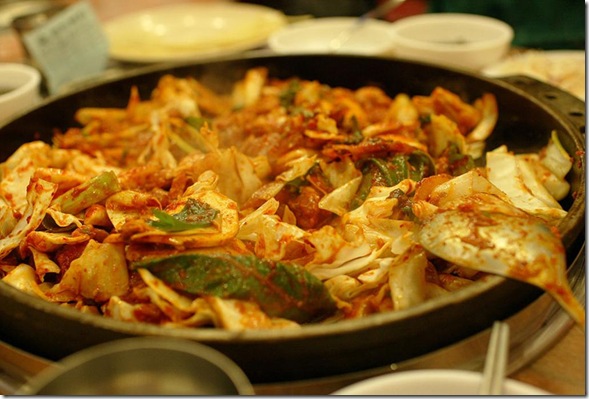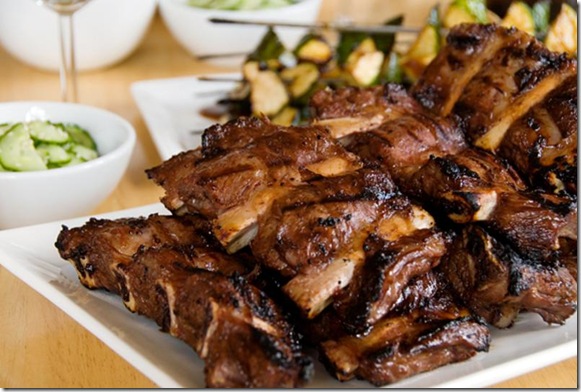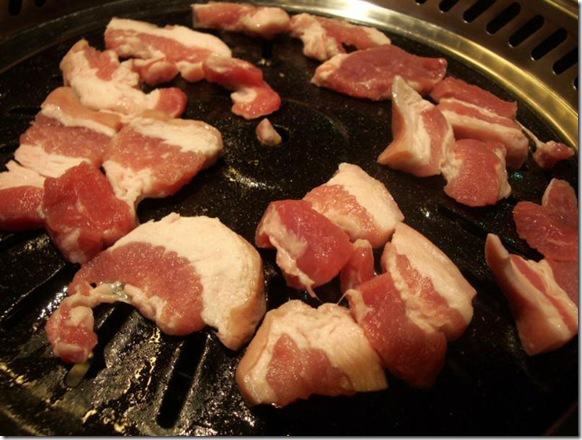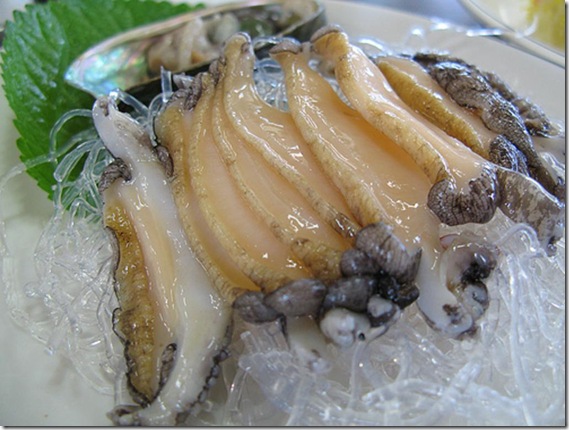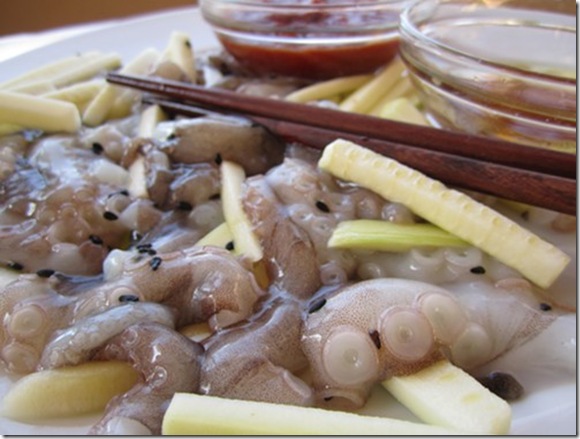1. Sea Pig
Sea Pig is closely related to cucumbers, part of Animalia. About 4 inches in length, had 10 tentacles like a foot that is used for walking and foraging on the ocean floor.
Sea Pig has unique way of selecting their food, using sense of smell (aroma), then get rid of organic particles from the slurry by deflating and inflating their tentacles, then eat the particles are trapped in their tentacles.
2. Yeti Crab
Yeti crab was first discovered in 2005 by marine biologists in the Pacific Ocean. Because the feathers mythical Yeti-like creature (the legend of snow fields), then the name was similar. Habitat in the Pacific sea hydrothermal vents.
3.Viperfish
Viperfish a marine fish that live in tropical and subtropical waters. Its size varies between 12 to 24 inches, live at depths of 250 to 5,000 feet.
This fish can live to 40 years and recorded in the Guinness world record for the largest teeth in comparison to the size of his head.
4. Japanese Spider Crab
Japanese Spider Crab (namely JSC) is the largest arthropod, with a leg span can reach 3.6 meters. Habitat at depths of 150-800 meters off the southern coast of Honshu island, Japan. Bias reaches 100 years old.
5. Giant Isopod
Giant Isopod living in the deep sea (bathypelagic zone) approximately 7020 feet below sea level. Size: length can be up to 14 inches and 30 inches high. These organisms have the ability to survive without food for more than eight weeks! 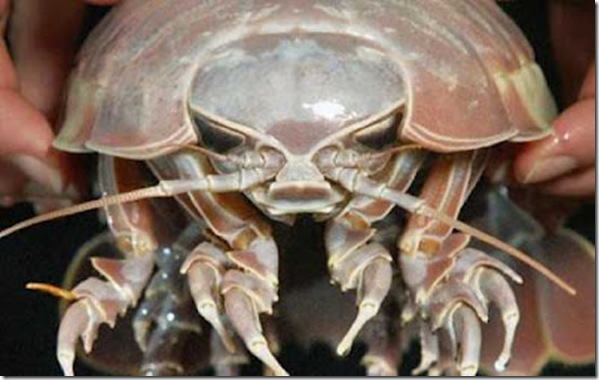
6. Chinese Giant Salamander
This organism is the largest salamander is known to exist and their habitats include rivers and lakes seta mountains in China. This salamander can grow up to 73 inches and live up to the age of 80 years.
Giant salamanders have no eyelids, so look for a feeding depends on the sensor to detect vibrations.
7. Olm
Olm is a blind organisms that live in caves underground water. The size is about 8-12 inches. Quite a unique way of breathing, OLM does not only have gills, but also the lungs (although rarely used during the process of breathing). Like the giant salamanders of China, Olm also depends on the sense of smell to survive.
8. Giant Grenadier
Giant grenadier is the only member of the genus Albatrossia found along the north Pacific from Japan to the Okhotsk and Bering seas. These fish can reach seven feet in length and live up to at least 56 years. 
9. King of Herrings
These fish - also known as oarfish - is the longest bony fish there. Can be found at depths of 300-1000 meters, always at the bottom of the sea and very rarely come to the surface. 16 feet in length. First discovered washed up dead on a beach in Bermuda in 1860.
10. Angora Rabbit
Not only has the type of angora cats, rabbits were observed. Yes, angora rabbits came from Angora, Turkey. May weigh 12 pounds. There are five Angora rabbit breeds including English, German, Giant, French and Satin.
artikle new species with unique and strange shapes of these
